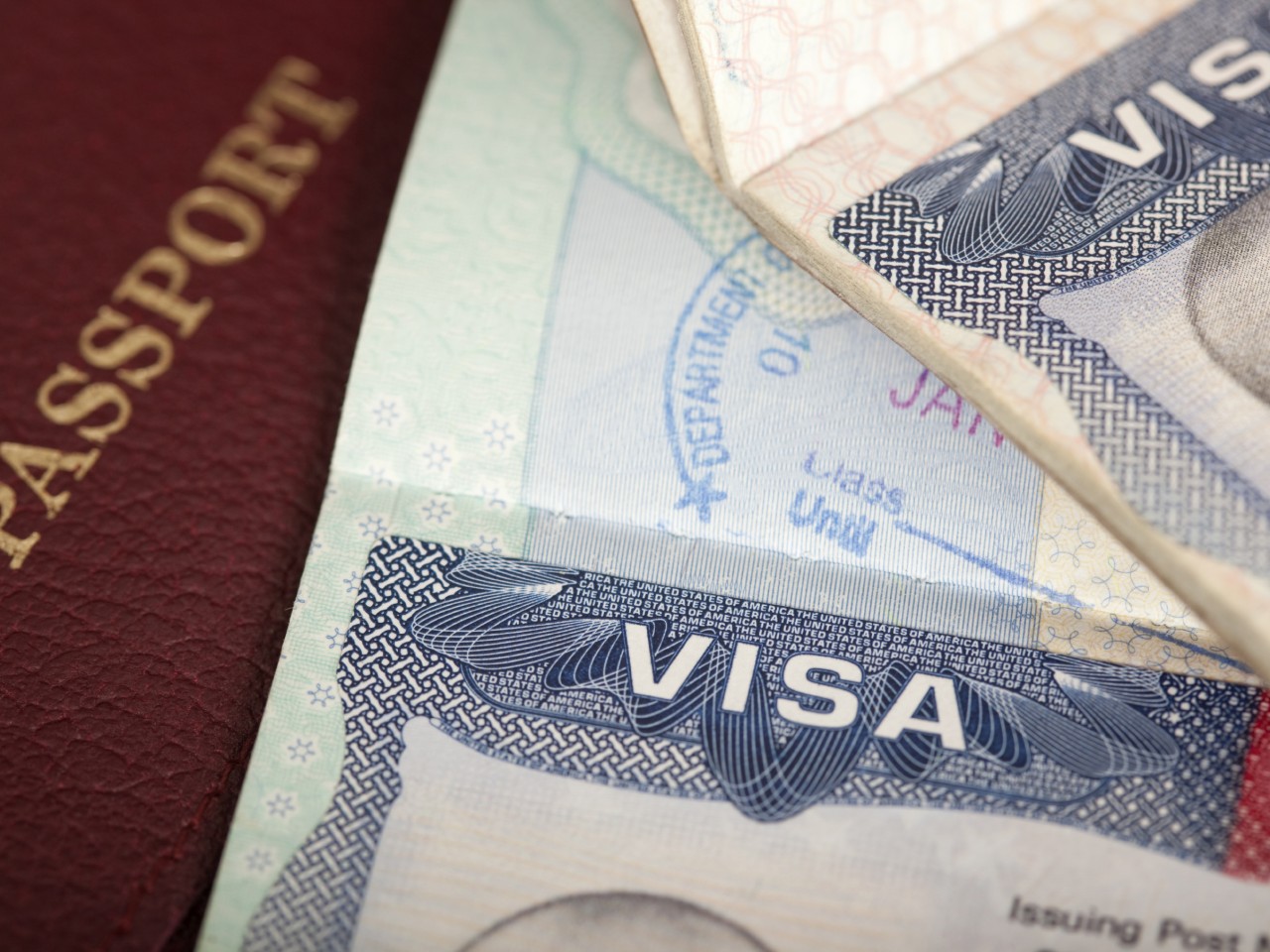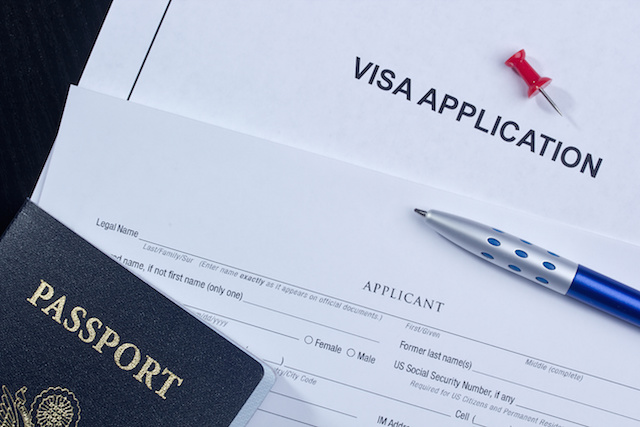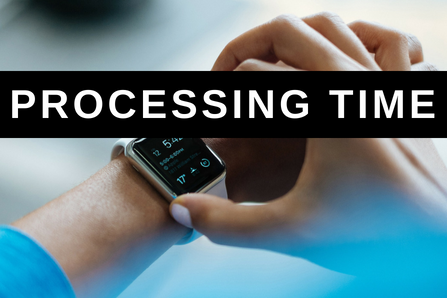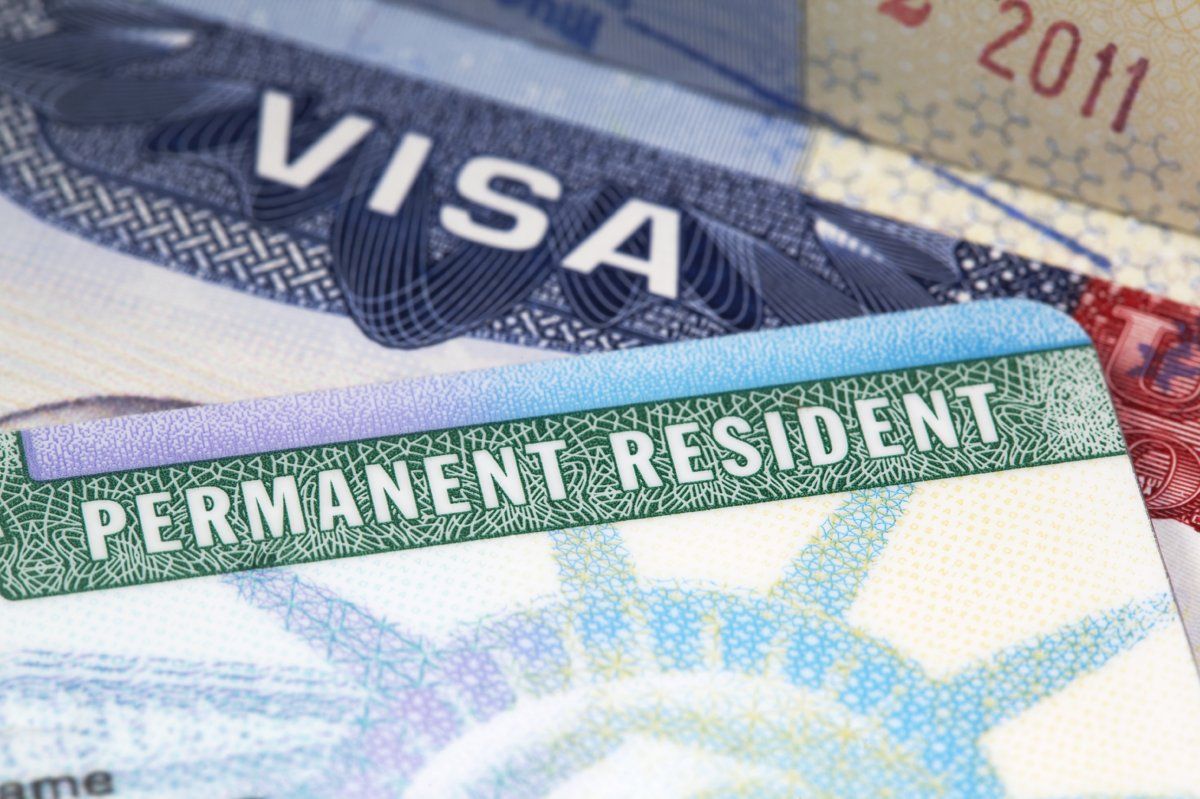The O1 visa is non-resident visa offered by the US government to any individual (including any recognized expert) who demonstrates or possesses extraordinary ability in business, education, athletics, arts, sciences, or the motion picture or television industry.
Such ability is often judged by any national or international recognition (international awards or prizes) that the individual may have garnered. A person can basically receive an O1 visa by proving that he/she has risen to the very highest level of his/her profession with a demonstrated record of extraordinary abilities.

The O1 visa sometimes draws parallels with the EB-1 visa which offers permanent residency status. Even though the O1 visa is a non-immigrant worker visa, it can be a stepping stone towards ultimately getting an EB-1 visa.
The duration of the O1 visa depends upon the specific event or activity for which it is granted. However, generally speaking, O1 visas have a 3-year duration. Extensions of 1-year increments are granted if the visa holder demonstrates their superior skills for which the O1 visa was initially granted. There are no limits to the number of such extensions and O1 visa holders can pretty much file for them without worrying about any cap or limit.
O1 visa holders can enter the country 10 days before the visa’s start date. Similarly, O1 visa holders can also leave the US within 10 days after the visa expires. Legal dependents of O1 visa holders can apply for an O3 visa or any other visa which allows them to accompany the O1 visa holder. The dependents can either travel and enter the US with the primary visa holder or they can come at a later date after the primary visa holder has entered the US. The dependents of O1 visa holders have a right to study in the US but not work in the country.
Some benefit of holding an O1 visa

There are plenty of benefits that the O1 visa holder enjoys. For starters, O1 visa applicants do not need to prove their intention of returning to their home countries once their O1 visa expires. This criterion is the biggest hurdle for any US visa applicant. It is not a factor with O1 visas.
Secondly, the dependents of O1 visa holders can benefit tremendously. They can live and study in some of the best educational institutions in the world while they accompany the primary visa holder.
An O1 visa also does not have limits on the number of times the visa holder can enter and exit the US. So, traveling in and out of the US and managing business or personal interests across the globe is pretty smooth for O1 visa holders (some of whom may be digital nomads).
There are no quotas or a fixed number of O1 visas that are handed out each year. There are also no major restrictions as to which fields O1 visa holders can work in. This is very different from work visas like H1 and L1, which are not only capped, but they also are applicable only for specific industries. The US economy is very diverse and has enough depth in every possible industry. It can absorb human resources and talent in any field imaginable.
Another big benefit available to O1 visa holders is that they can get their work assistants to apply for O2 visas, which then allows those assistants to accompany you and work in the US to assist you.
The various categories of O1 visa

There are two categories of O1 visas: The O1A visa and the O1B visa. The O1B visa is for those applicants who have demonstrated extraordinary abilities in arts, motion pictures, or the television industry. All other applicants have to apply for the O1A visa. The O1A visa covers areas like athletics, business, science, education, etc.
Generally, O1A visas are considered to have more stringent standards than O1B visas. When judging the level of ability that an O1 visa applicant demonstrates, the US officials generally look for one of the following three things:
The first thing the officials look for is if the applicant has won a Nobel Prize or whether he/she has published a book.
The second thing that officials look for is if experts have written any opinion letters about the skill levels of the applicant. These experts need to be people who are not within the circle of influence of the applicant and who can objectively look at any evidence which gauges the skill level of the visa applicant.
The third thing that is looked at is the existence of any scholarly material or expert opinion letters.
Besides these three criteria, the visa applicant also needs to hold a job offer from a US-based employer.
The application process

The application process begins with a petition filed by a US employer on behalf of the applicant. The applicant cannot file a petition himself/herself. The petition is known as Form I-129 or the petition for a non-immigrant worker. This form has to be filed with the USCIS. Form I-129 can be filed up to one year before the date when the O1 visa applicant needs the visa to be valid and as late as 45 days before the employment date proposed by the US employer.
Along with the filing of the petition, an application fee of $190 also needs to be paid. There may be other additional fees that also need to be paid depending on the country of residence of the visa applicant. Certain applicants may hire lawyers to do the entire application process for them. This may lead to additional legal fees as well, but it can be worth the money since lawyers are well-versed with all the legal points related to the O1 visa application.
The next step is known as Visa Consultation. Here, a written advisory will be needed from a qualified peer group or an expert who belongs to the same field as the O1 visa applicant. The consultation document/s need to be submitted to the USCIS. Ideally, these documents should have a watermark or some indication of authenticity on them. A waiver from the consultation is possible in specific instances, especially in the field of arts.
The visa applicant also needs to submit any written contracts that he/she has entered into with the petitioner or the US employer.
If the applicant is traveling to the US for specific activities or events, then all dates and venues of such activities have to be submitted. The applicant’s travel itinerary with respect to those events also needs to be submitted.
The visa processing time

It generally takes about 2 to 3 months post the applicant’s visa interview for the O1 visa petition to process. If the applicant needs his/her O1 visa sooner and cannot wait for a couple of months, then the applicant has the option of going for premium processing of the petition.
The charges for premium processing are $1,225. Paying the premium charges will shorten the petition processing time from 2 to 3 months to about 15 days. The decision of the petition approval or denial is handed out once the application has been completely processed. After the USCIS petition has been approved, the visa applicant can then head to the nearest embassy or consulate to apply for the visa.
Certain documents like photograph, passport, etc. need to be submitted to obtain a visa stamp on the applicant’s passport. The visa fee is $100.
Changes to the O1 visa

If for some reason, the O1 visa holder decides to change his/her employer, then in such cases, the new employer has to file Form I-129 with the USCIS. If any terms and conditions with regards to the employment change, then an amended Form I-129 needs to be filed by the employer at the same office where the original Form I-129 was filed.
Any athletes on an O1 visa who decide to change their professional team will have 30 days in which the new Form I-129 needs to be filed by the new team. Not filing a new Form I-129 within the 30-day window can lead to loss of employment authorization for the O1 visa holding athlete.
